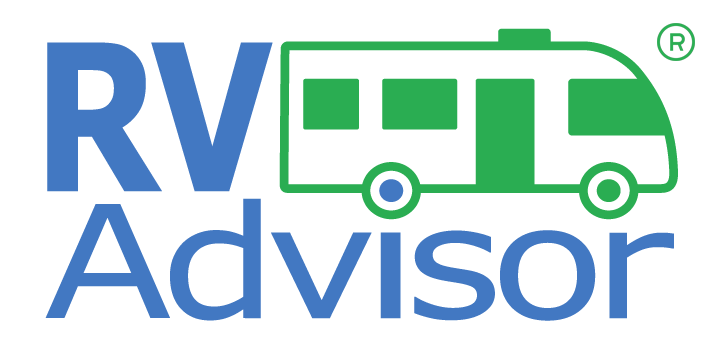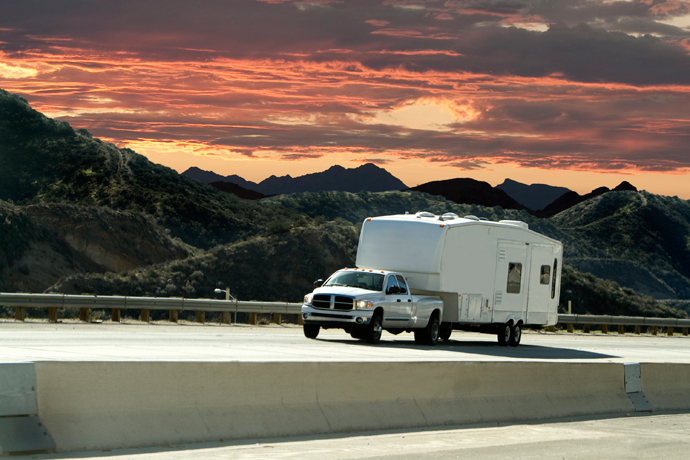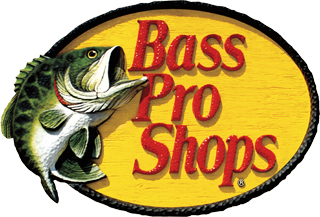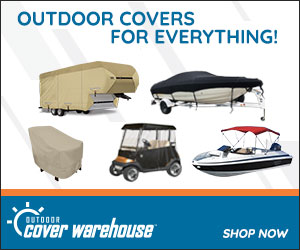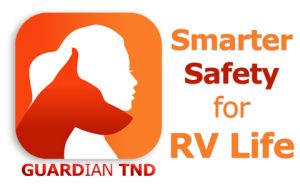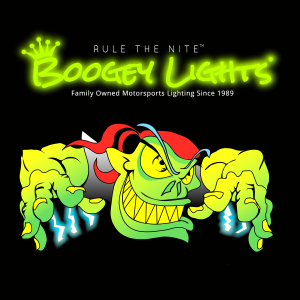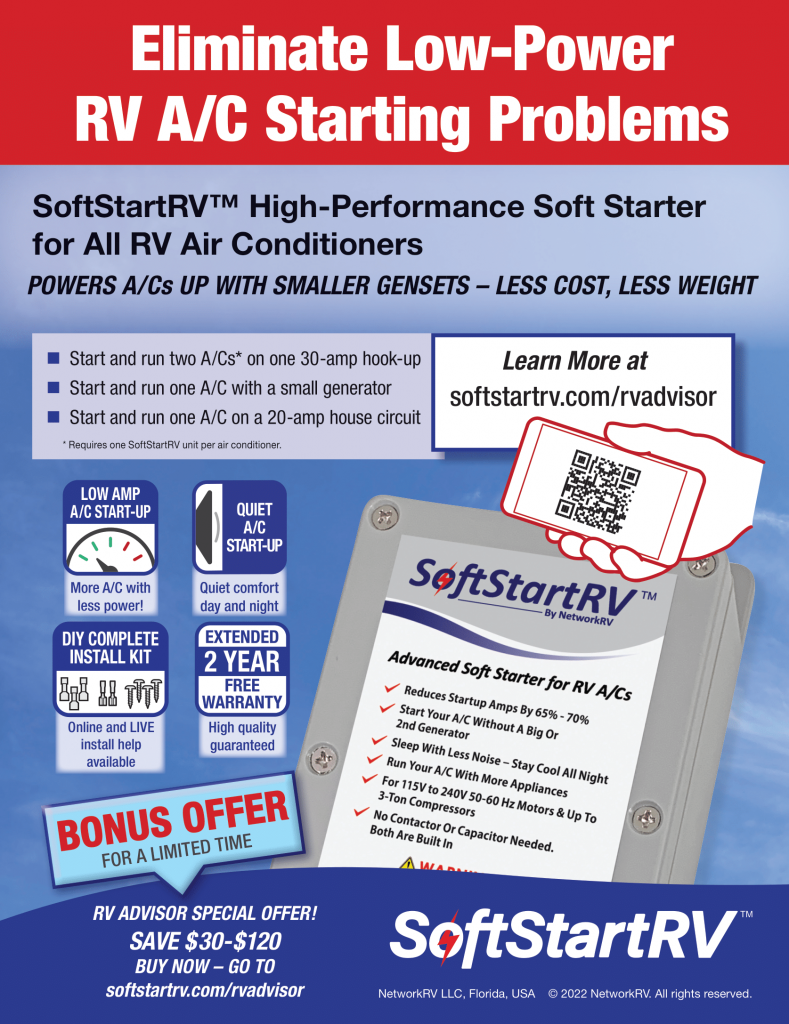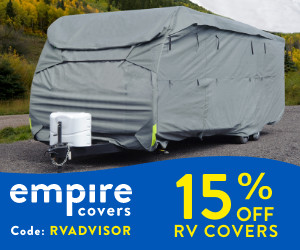RVs are a wonderful way to see the country
For some people, an RV can be a fun and unique vacation. For others, it’s a way of life. However much time you spend traveling in an RV, it’s important to be aware of the rules and regulations, both on the road and when you’re staying at a campground. We offer seven rules and regulations RV-ers need to know.
1. Rig length, width, and height restrictions
This is a hard “rule” to master, simply because the rules vary from state to state. The length of a trailer might be fine in one state and illegal in another. If you’re pulling another rig behind you, such as a car or boat, your length will be even longer.
2. Driver’s license restrictions
For the most part, a standard driver’s license is enough to drive an RV. However, if you plan to drive a very large Class A RV (more than 26,000 lbs.), you might need a commercial driver’s license. Some states have even more requirements.
3. Trailer restrictions
If you plan to pull your car behind you, or you have an RV that needs to be hauled by a car, you’ll need to be aware of the regulations relating to safety devices such as equalizing hitches, sway control, and independent braking systems. A heavy trailer may require breakaway brakes. All of thee devices are meant to protect other vehicles on the road.
NOTE: RV length and trailer length is not the same thing. Campsites can have different lengths for RVs and trailers because the sites are “back-in” with limited space for turning around.
4. Individual campground rules
Along with state regulations, every campground has its own rules. There can be size restrictions. The average permitted size is 27 feet, but the restrictions can range from 20-40 feet. Many campgrounds (especially National Parks) have limited sites for large RVs, so you’ll need to make reservations early. Many campgrounds also restrict what you can bring with you, especially if you plan to stay in a National or State Park. For instance, things like firewood can be a “no-no.”
There may also be restrictions concerning glass containers and fireworks. Be sure to review the campground’s website to become familiar with the park’s regulations, so you don’t break the rules.
Also, be sure you park in a designated RV site. Sites that are listed as “standard nonelectric” are meant for either campers in tents or RVs, but they can have size restrictions.
5. Running generators
Generators are nice to have, and in some cases, they’re necessary. However, they are very noisy. Every campground has its own rules regarding when you can run a generator. There are usually posted hours. You are usually not allowed to run a generator at night, from 10 p.m. – 6 a.m. National Parks are stricter about this. In fact, some don’t allow the use of generators at all.
6. Storing food
If you’re going to be camping in an area with a lot of wild animals, you must take precautions with how you store food. National Parks are sometimes home to large populations of bears and other scavengers that have no problem trying to steal your food. Keep food out of sight and be sure to close your windows, doors, and vents at night or whenever you leave your campsite. Never store food in a pop-up trailer or soft-sided camper. Instead, use a regulated and approved “bear box.”
7. Pet policies and restrictions
Taking the family dog along on an RV trip is a lot of fun, but be aware of restrictions. Some campgrounds don’t allow pets, while others do. National Parks do allow dogs, but they have strict pet policies. In most cases, campgrounds require dogs to be on leashes at all times. You also can’t leave your dog tied up outside, though you can leave a dog alone inside your RV – just make sure it’s well ventilated. There are also restrictions on where you can take dogs. They are generally not allowed on trails, though they can be walked within the campground, at picnic areas, and along paved roads.
RV-ing is a special way to experience the country. However, you need to be aware of the rule and regulations for RV travel and within a campground. These tips will ensure you don’t unknowingly break the rules.
RV Advisor is proud to provide our thousands of members with practical wisdom for life on the road. We cover everything from buying new or used, roadside assistance, and where to stop and shop. You can drop by our home page for a live chat or email us at info@thervadvisor1.wpengine.com.
